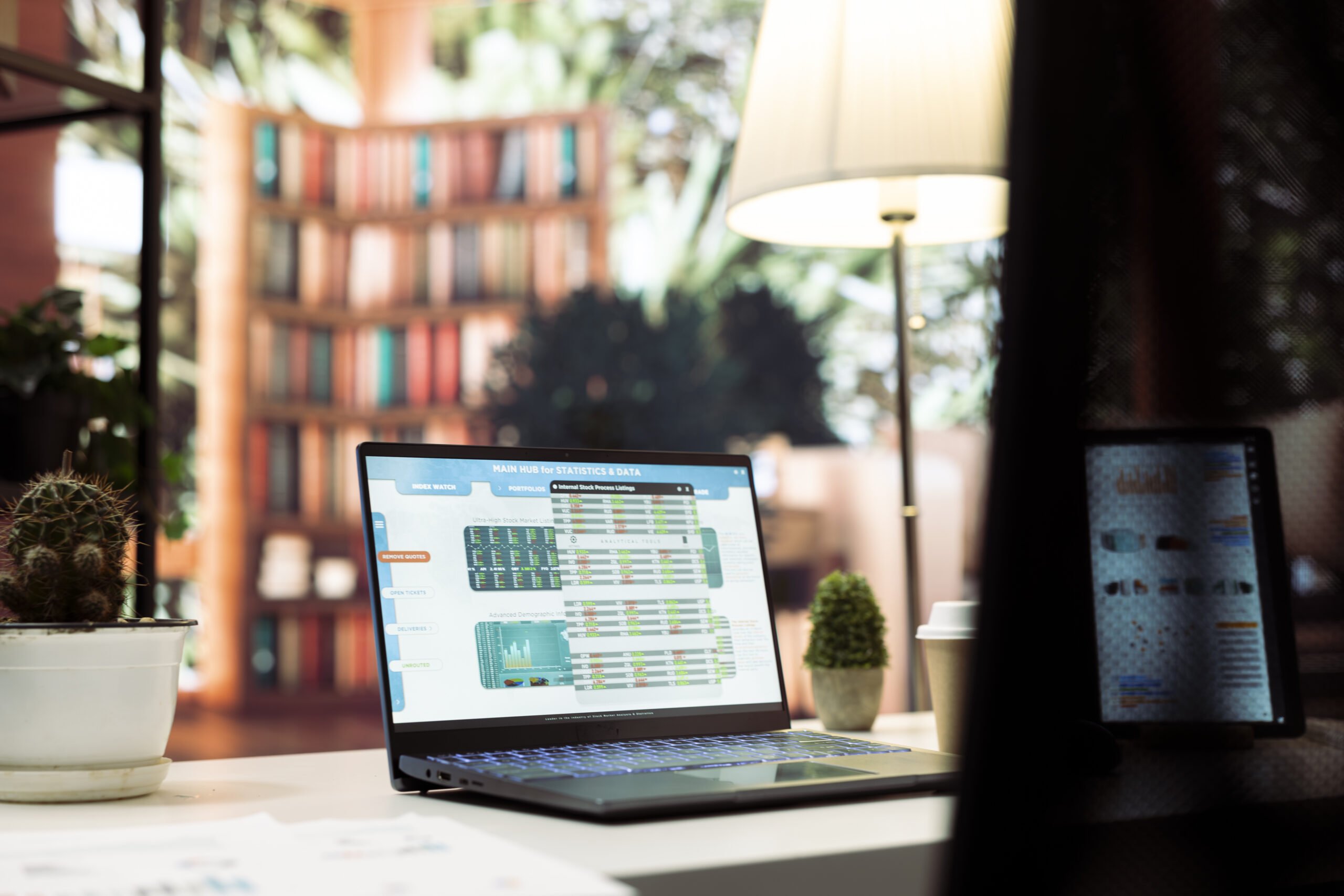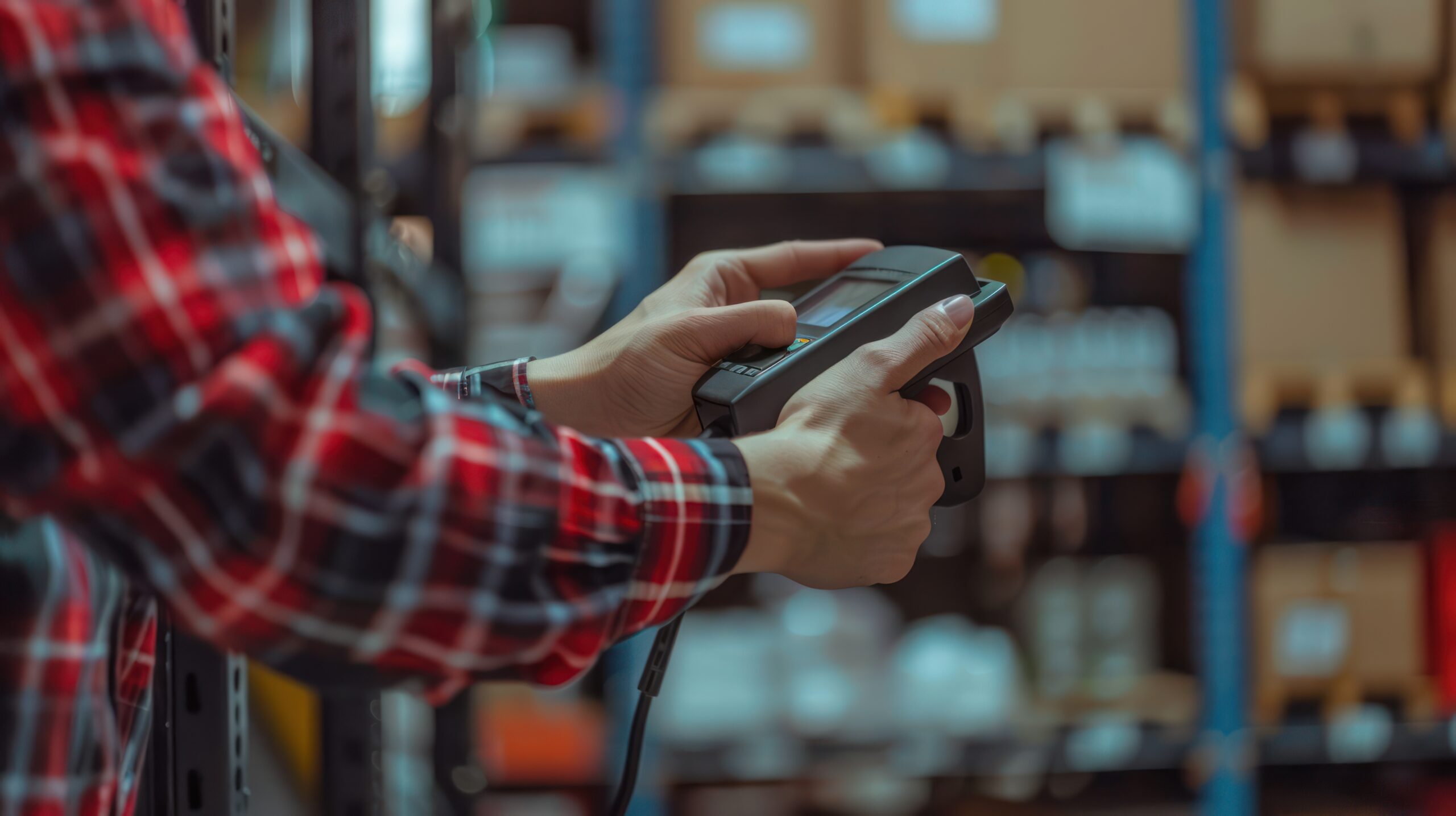
Overall, when you manage your office equipment, you’re less likely to lose assets or purchase duplicates, you save time, you save money, and you gain a higher level of accountability over your asset register.
So, whether you’re managing who is in control of your IT assets or if you’re tracking stationery, furniture, or tools and equipment, managing your office equipment is essential.
How To Manage Office Equipment
- Office Inventory Management: Develop a worthy inventory management system. Prepare an equipment list outlining all the gadgets used in the office, including computers, printers, telephones, etc. Make sure that the inventory has relevant information such as model numbers, the date of the equipment purchase, whether it has a warranty, and when the item is due for replacement. Periodic updating of this inventory helps track the status of all equipment so as to know how to plan and maintain each piece of equipment and when it needs replacement.
- Tracking Equipment with RFID Tool Tracking: Bring Accuracy into Your Office Inventory Management. This accuracy in the management of office inventory can be achieved through RFID tool tracking. It enables the tracking of equipment in real-time, thereby reducing the chances of any asset being lost or misplaced and enabling the user to ensure the tool is in serviceable condition. RFID tags can be attached to office equipment and can, upon scanning, provide the correct location, usage, and maintenance update for the equipment. This amount of tracking will maintain your office operations and ensure that your equipment is taken care of.
- Preventive Maintenance and Upgrades: Adhere to a preventive maintenance schedule on your office equipment to operate it within optimal conditions at all times. Routine servicing, cleaning, and software updating are very crucial; this will help avoid unexpected breakdowns plus extend the lifespan of your equipment. Also, with ever-changing technology, it helps to establish if newer equipment could bring about better efficiency. Keeping up-to-date with technology guarantees that the office remains very competitive, and it guarantees that workers are well-equipped to perform their best.
- Employee Training and Equipment Usage: The longevity of office equipment depends on how well an employee is trained to use it. Your employees need to be appropriately trained to know how to use the equipment and how to take care of them. It is the misuse or even lack of knowledge that may cause unwarranted wear and tear. Training sessions or easy-to-understand manuals allow everyone to know how to use the equipment properly and handle minor glitches.
Budgeting and Disposal: A great deal of importance in office inventory management is to plan for the proper replacement of old or outdated equipment. This will ensure that your office has fully functional and practical apparatuses throughout their working life. Proper disposal of equipment at the last stage, either through recycling or donation for environmental governance, is important to maintain a clutter-free office and provide sustainable development.
Role of Equipment Management Software

Once you’ve logged your assets and their information, you’ll be able to start monitoring asset changes, such as if they move to a remote location or if they depreciate.
Maintaining an automated and complete asset register allows you to mitigate the risk of lost assets and reduce the chances of ghost and zombie assets on your fixed asset register.
More on Using Asset Tracking Software
Equipment checkout software also gives you the ability to use asset tags to monitor your asset usage. When you’ve logged all of your assets as unique profiles in your asset tracking software, you can track their locations with asset tags.
Asset tags are physical tags that you stick onto your office equipment. Then, every time you scan an asset’s tag, three things happen. First, the asset’s profile will open. This way, if you notice an asset requires maintenance or if you want to view its data, all you need to do is scan the asset’s tag to update this.
Every scan also updates the asset’s last seen location, who scanned the tag, and when it was scanned. This shows you a full audit trail of where your assets have been, which is essential when remotely working to verify that your colleagues have everything they need.
Rfid Tool Tracking for Your Business

The RFID equipment tracking is used to keep the main areas of concern in mind, but it’s not as if they are being used for long periods. It is useful to understand the combination of schematic code plus RFID. Often, the advertising leaflets show that for the RFID reader, the contact is not subject to the object of the advertisement but only the object of the RFID reader. The printer, cartridge, and ink may be used before the date of issue, but the possession has long since left the country. To monitor the main chain of operation, the operator is responsible for the control of the entire system: the operator scans the code, the code is stored, and the operator automatically retrieves the code and the data from the bank.
Consider Adding Users To Your Asset Tracking Software
When you add users to your asset management system, you’re allowing the responsibility to be shared and you’re also increasing the clarity over your assets.
For example, if someone is working remotely with an office laptop, they’ll be able to update data related to it, such as if it gets damaged or if it moves back to the office.
Sharing this responsibility automates your fixed asset register further, as you’ll be able to monitor exactly how assets are behaving and verify that they’re still in use where you’d otherwise have no ability to do this.
You can also set user permissions, hiding parts of your asset register from your colleagues, either as they don’t need to know it or as a security precaution.
Creating A Computer Asset Register
Creating IT asset management operations gives you more visibility over which assets your colleagues have and lets you ensure that your assets are up-to-date and working well.
A computer asset register will be created when you log all your computers into your asset register. You’ll then be able to group them in a collection and filter by this, meaning that you can track your computers specifically or in the context of your wider asset register.
Once you’ve created your computer asset register, you’ll then be able to monitor relevant issues and hardware specifications, meaning that you’ll know when it’s time to purchase a new kit, as well as monitor maintenance, such as PAT tests.
Assigning Assets To Your Colleagues

This is very helpful for remote working when there is a risk of a loss of visibility over your asset register, as you’ll be able to log exactly who is in charge of what.
When you’re onboarding, too, you’ll be able to use the assignee feature to filter out unassigned assets and, therefore, assets that are available for new starters.
This feature is very helpful for your reporting purposes, as it gives you an additional layer of transparency over your asset register, creating a clear view of who is responsible for which assets, saving you time if an issue arises.
How To Use Fixed Asset Management Processes
Then, any edit an asset goes through is automatically reflected on a customisable, exportable fixed asset register.
It’s crucial to have an accurate fixed asset register for a variety of operations, including for tax breaks and for insurance audits. Having a pdf built out of your day-to-day operations saves you time and gives you accurate proof that you own the assets on your register and that they’re being used responsibly, ensuring efficient management of equipment.
itemit’s Asset Management Software
The system is highly scalable and shareable meaning you’ll be able to track thousands of different types of assets with ease. It is critical for office inventory management.
To find out more about how itemit can help you manage your office equipment, you’ll be able to contact the team at team@itemit.com. You can also fill in the form below to start your 14-day free trial.

Try itemit
Choose a better way to track your assets. Start your free 14-day trial now!
Frequently Asked Questions
What Is an Equipment Checkout System and How Does It Benefit Office Inventory Management?
How Can RFID Equipment Tracking Improve the Management of Equipment in an Office Environment?
What Features Should I Look for in Equipment Management Software for Office Use?
How Does Tool Tracking Software Help in Track Equipment Lists and Ensure Accountability?
Why Is It Essential to Implement a Tracking System for Equipment in an Office Setting?

Keep Learning
itemit Blog
Tips, guides, industry best practices, and news.
Your Supply Chain Can Be Improved By Equipment Tracking Software
Your supply chain needs to run as smoothly as possible. The great news is that equipment tracking software can improve it. Read this post to find out how!
Why Equipment Location Tracking Is Crucial To Your Business
Does asset tracking software ring a bell? If you want to improve your business’s productivity, learn more about asset tracking software in our Ultimate Guide!
Why Hospitals Need To Use Equipment Management Tools
Why exactly do hospitals everywhere need to use an equipment management system/tool? Read our latest post now to find out!

